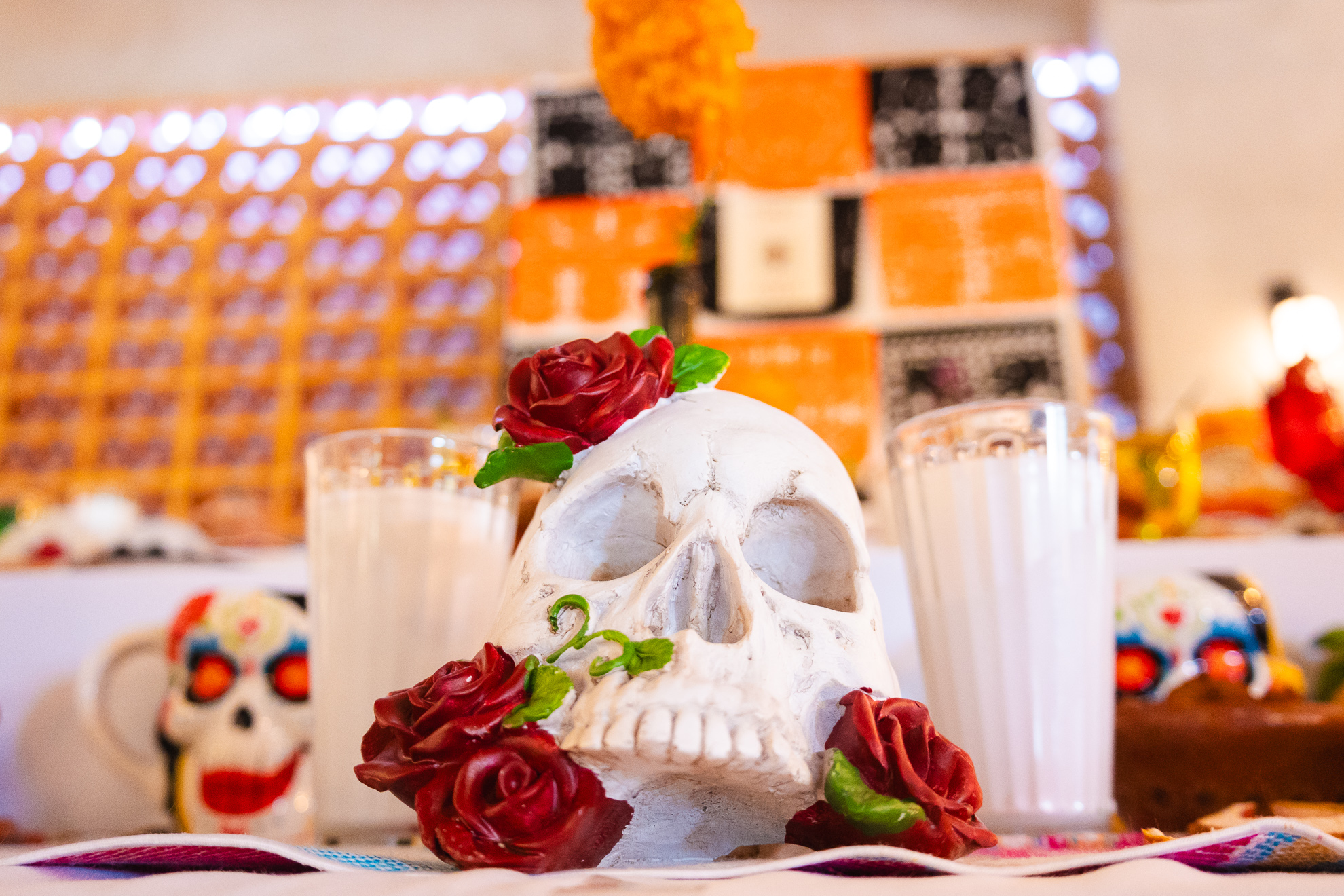Día de los Muertos: Celebrating our common destiny

As one of the most vibrant, colorful expressions of Mexican culture, the festive time known as Día de Muertos (Day of the Dead) exemplifies this country’s values of revering one’s family, honoring one’s ancestors, and embracing one’s place in the cycle of life.
During Día de Muertos, families across Mexico and in Mexican communities outside the country welcome back the souls of their relatives who have passed on, for a brief reunion featuring food, drink and celebration. The holiday, celebrated each year from November 1 to November 2, is marked by traditions that blend prehispanic rituals and Spanish culture.

It is believed that at midnight on October 31, the gates of the afterlife open, and the souls of children can be reunited with their families for 24 hours. On November 2, the souls of adults can do the same. During the holiday, those honoring relatives traditionally place a photograph of the deceased on an altar, along with cempoasúchil (marigold flowers), decorative paper, white candles, candy calaveras (skulls) made of sugar, chocolate or amaranth, bread specific to the holiday called pan de muerto, fruits, crosses, favorite foods of the deceased, and incense or copal. Some people also decorate their loved ones’ final resting places with these elements.
The infusion of bright colors, light, life-sustaining foods and festive designs into the holiday can be interpreted as love – not only of those who have passed on, but also of the vibrancy of life in the present, amidst so much natural beauty and abundant nature.

Here at Fairmont Mayakoba, we relish the opportunity to share this holiday with our guests. Our colleagues are proud to make several altares (altars) at the resort for guests to decorate and to reunite with those they have lost. Performances and plenty of festive dishes and treats are complemented by traditional décor.

This year, we will join the other properties at Mayakoba in participating in a trajinera (boat parade) through the Mayakoba lagoon canals. Each resort will decorate its own boat for the occasion.
The holiday has deep roots dating back for more than 3,000 years, when the Olmecs honored death. The tradition carried on through subsequent civilizations, and ancient Mayans in the Yucatan Peninsula celebrated Hanal Pixán, the equivalent of Día de Muertos. Today, the nearby Mayan community of Tres Reyes and the island of Cozumel continue these traditions.
Hanal Pixán celebrations include a traditional dish, mucbipollo, also known as pib, prepared only once a year, for this holiday. This tamale-like dish is made with corn dough, tomatoes, bacon, red peppers, onions, epazote (a plant with a licorice-like flavor), and either Xpelón (the regional term for bean seeds), pork, or chicken. Pib is cooked traditionally, in a hole in the ground lined by stones.
We invite you to join us for Día de Muertos, and to open yourself to the profound peace found in the journey toward acceptance of loss, made so much more colorful when paired with a celebration of life itself.


